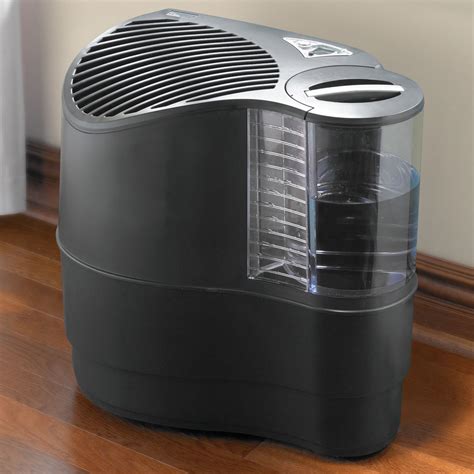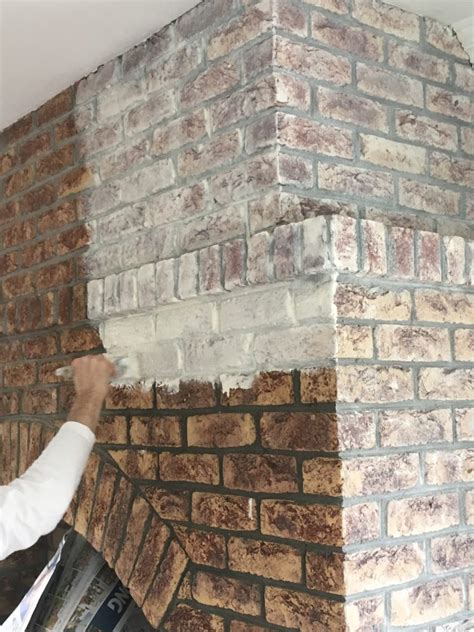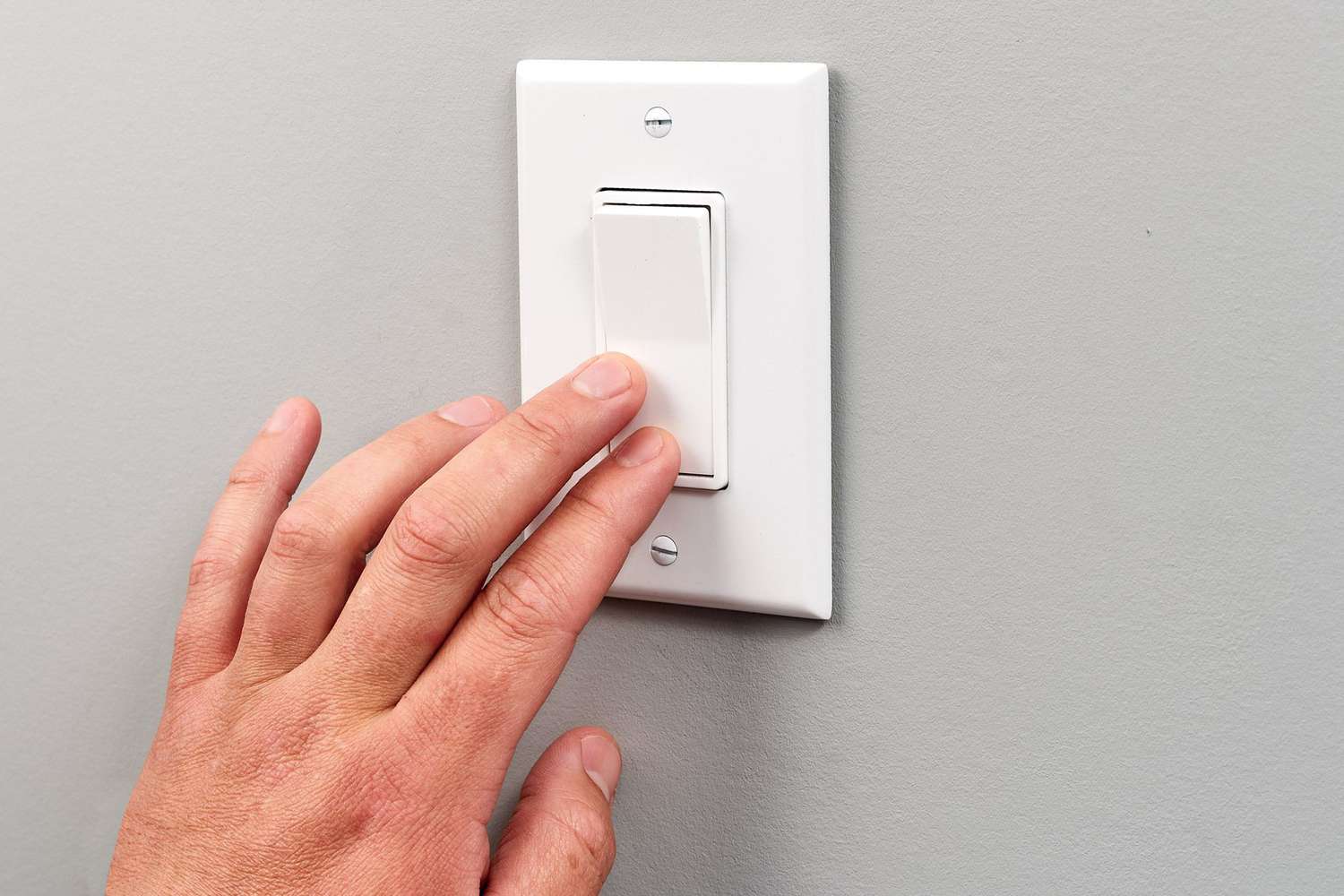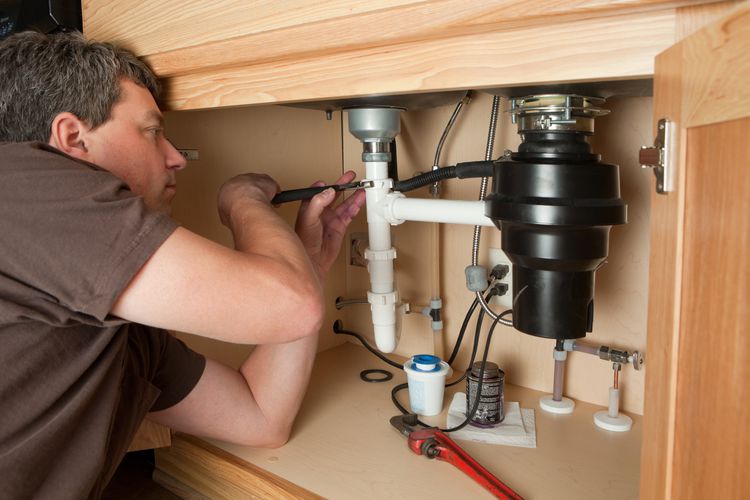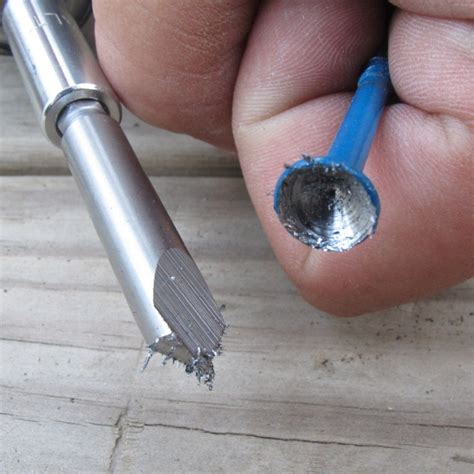
Dealing with a stripped screw can be frustrating, but fear not! With the right tools and techniques, you can easily remove that stubborn stripped screw and get the job done. In this guide, we’ll walk you through various methods to help you successfully remove a stripped screw from different materials. Let’s get started!
Use a Different Driver
If your screwdriver keeps slipping in the stripped screw head, try using a different driver that fits more snugly. Look for a driver with a different size or shape to provide a better grip and more torque. Sometimes, a simple change in driver can make all the difference.
Use Pliers
If the screw head is protruding slightly, you can use a pair of pliers to grip and turn the screw counterclockwise. Position the pliers securely around the screw head, apply firm pressure, and turn slowly. This method works best when there is enough of the screw head exposed to grip onto.
Add a Rubber Band
Place a rubber band over the stripped screw head before inserting the screwdriver. The rubber band provides additional grip and can help the screwdriver get a better hold on the screw. Press the screwdriver firmly into the screw head and turn it slowly to remove the stripped screw.
Use a Larger Driver
If the screw head is slightly stripped but not completely smooth, try using a larger driver that can catch onto the edges of the screw head. The increased size of the driver can create more friction and provide enough grip to turn the screw.
Use a Manual Screwdriver
In some cases, using a manual screwdriver instead of a power tool can give you more control and precision. A manual screwdriver allows you to apply steady pressure and adjust your grip as needed. It may take a bit more effort, but it can be an effective way to remove a stripped screw.
Add Steel Wool
If the screw is stuck due to rust or corrosion, try rubbing a small piece of steel wool against the stripped screw head. The abrasive nature of the steel wool can help remove the rust or corrosion, allowing for easier removal of the screw.
Tap With a Hammer
If you’re dealing with a stubborn stripped screw, tap the screwdriver lightly with a hammer to create an impact force. The impact can help loosen the screw and provide better grip. Be careful not to apply too much force, as you don’t want to damage the surrounding material.
Cut a Slot
If the screw head is completely stripped and you can’t get a grip on it, try cutting a new slot in the screw head using a rotary tool or a hacksaw. Once you have a new slot, use a flathead screwdriver to turn and remove the screw.
Add an Abrasive
If all else fails, you can create an abrasive surface on the stripped screw head by placing a small piece of sandpaper or an abrasive disk over it. Press the abrasive against the screw head and turn it counterclockwise. The added friction can help loosen the screw.
Use a Screw Extractor
If none of the previous methods work, you can try using a screw extractor. A screw extractor is a specialized tool designed to grip and remove stripped screws. Follow the instructions that come with the screw extractor to ensure proper usage and successful removal of the stripped screw.
Removing a Stripped Screw From Different Materials
Remove a Stripped Screw From Wood
If you’re dealing with a stripped screw in wood, you can use any of the methods mentioned earlier. However, be cautious not to damage the wood surface while attempting to remove the screw. Take your time and apply gentle pressure.
Remove a Stripped Screw From Metal
For stripped screws in metal, the methods mentioned above can also be applied. Metal screws are generally more resilient, but you still need to exercise caution to avoid damaging the surrounding metal surface.
Remove a Stripped Screw From Plastic
Removing a stripped screw from plastic requires extra care to prevent damaging the plastic material. Start with the least aggressive method, such as using a larger driver or adding a rubber band. If those methods don’t work, consider using a manual screwdriver or a screw extractor with caution to avoid damaging the plastic.
FAQs
1. How can I prevent screws from stripping in the first place?
To prevent screws from stripping, make sure to use the appropriate screwdriver size and type for the screw. Apply steady pressure and avoid excessive force. If you encounter resistance, try lubricating the screw with a bit of soap or wax. Additionally, ensure that the screwdriver is fully inserted into the screw head to maximize grip.
2. What if the stripped screw is recessed or hard to reach?
If the stripped screw is recessed or difficult to reach, you can use an extension tool or a flexible shaft attachment for your screwdriver to gain better access. These tools allow you to reach screws in tight spaces or deep recesses with more ease.
3. When should I consider seeking professional help?
If you’ve exhausted all the DIY methods and the stripped screw remains stubbornly stuck, it may be time to seek professional help. A professional handyman or locksmith can have the necessary tools and expertise to safely remove the stripped screw without causing further damage.
Conclusion
Removing a stripped screw doesn’t have to be a daunting task. With the right techniques and tools at your disposal, you can confidently tackle this common DIY challenge. Remember to be patient, take precautionary measures to avoid damage, and don’t hesitate to seek professional assistance if needed. Now, go out there and conquer that stripped screw!

